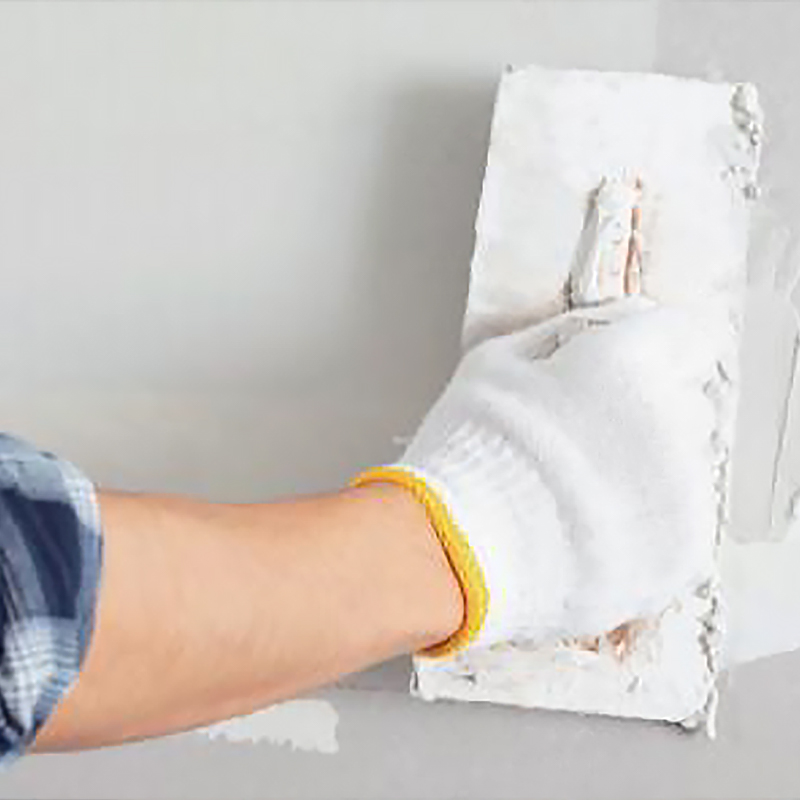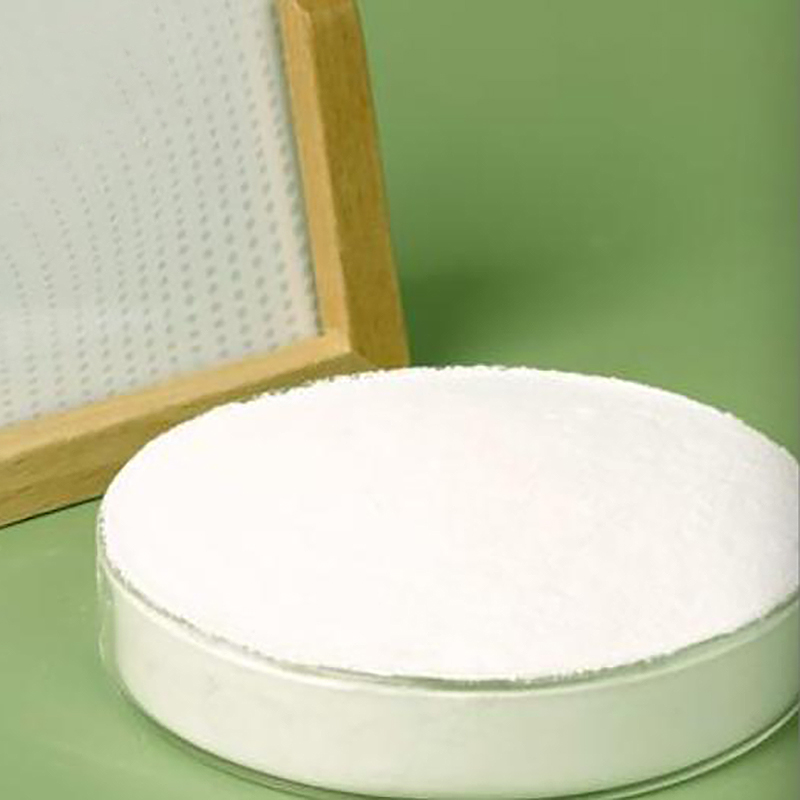Cellulose ethers are a type of chemical additive derived from cellulose. They are widely used in building materials due to their excellent functionality and diverse application methods. As an important functional additive, cellulose ether plays a vital role in improving the performance of building materials. This article will explore the key role of cellulose ethers in building materials, revealing how they optimize the performance of building materials and improve construction quality and the long-term durability of buildings.
1. Improve construction and mobility
In building materials, especially cement mortar and concrete, cellulose ethers as thickeners can significantly improve the workability and fluidity of the materials. It imparts good fluidity and viscosity to the mixture by forming a stable colloidal structure in the cement-based material. This makes the material easier to apply and handle, reducing foaming and delamination during construction operations.
Performance:
Enhanced construction convenience: Improves the workability of the mixture, making it easier for construction workers to apply and adjust during the construction process.
Reduce waste: Optimize the fluidity of materials and reduce material waste caused by improper construction.
2. Increase the water resistance and waterproof performance of the material
Cellulose ether has excellent water retention properties, which makes it play an important waterproofing role in building materials. It can effectively reduce the evaporation of water in cement mortar and concrete during the hardening process and prevent cracks caused by excessive drying. In addition, cellulose ethers can also enhance the waterproofness of building materials and reduce the risk of moisture penetration, thus improving the durability of buildings.
Performance:
Delay drying time: Ensure proper drying time for the mixture to avoid cracks caused by rapid drying.
Enhance waterproof performance: Improve the waterproof ability of concrete and mortar to reduce the risk of water leakage.
3. Improve material adhesion and durability
Cellulose ethers can enhance the adhesion of building materials, especially in tile glue, plaster and other decoration materials. It can improve the adhesion of the bonding material to the base material, ensure that the material after construction is firmly fixed, and reduce shedding and hollowing. In addition, the addition of cellulose ether can also enhance the durability of the material and improve its stability in long-term use.
Performance:
Improve bond strength: Enhance the adhesion between building materials and substrates to ensure long-term stability of the material.
Improved durability: Improves the overall durability of materials, reducing the frequency of repairs and replacements.
4. Enhance crack resistance and flexibility
Cellulose ethers also have a significant impact on the crack resistance and flexibility of building materials. It can form a uniform colloid network in concrete and mortar, improving the material's flexibility and crack resistance. This is particularly important in building structures, especially when dealing with factors such as temperature changes, settlement and vibration, as it can effectively reduce the possibility of material cracking.
Performance:
Reduce the occurrence of cracks: Improve the crack resistance of materials and ensure the stability and safety of the structure.
Improve flexibility: Enhance the flexibility and adaptability of materials to adapt to the dynamic loads of the building.
5. Improve surface smoothness and decorative effect
Among decoration materials, cellulose ethers can effectively improve the surface smoothness of coatings and adhesives. It can reduce the sagging and settling of materials, making the surface smoother and improving the final decorative effect. In addition, cellulose ether can also improve the construction performance of the material, making the surface treatment more uniform and beautiful during the construction process.
Performance:
Improve the decorative effect: optimize the surface smoothness of the material and improve the quality of decoration.
Reduce construction defects: Reduce the defects and defects caused by materials during the construction process.

 简体中文
简体中文 English
English русский
русский عربى
عربى Español
Español









